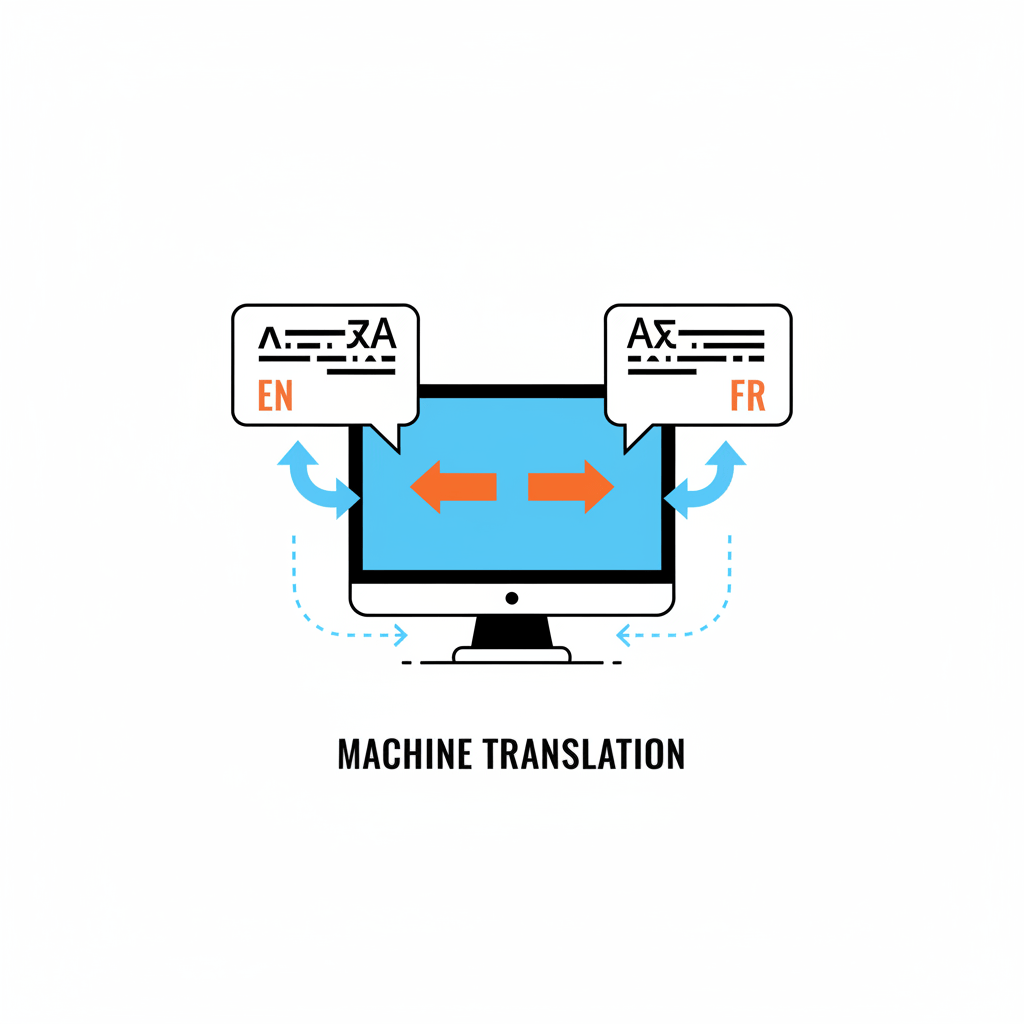🧩 Introduction
Legal documents carry weight. Whether it’s a contract, court ruling, immigration file, or patent — every word matters. But the moment that document crosses linguistic borders, the risks multiply.
A mistranslation can invalidate a contract. Misused terminology can derail a court case. In high-stakes environments, legal translation is not just about language — it’s about law.
In this guide, we’ll break down:
-
What makes legal translation uniquely sensitive
-
Common (costly) mistakes
-
What to demand from your translation provider
-
How Applied Lingo ensures your legal documents retain their full power — anywhere in the world
⚖️ Why Legal Translation Is a Different Beast
Unlike general or marketing content, legal language is technical, rigid, and jurisdiction-specific. You’re not just translating — you’re interpreting legal intent, while ensuring the document remains valid and enforceable in another legal system.
Key differences:
-
Terminology precision: One wrong word can change legal meaning entirely
-
Formatting & structure: Many courts require translated documents to follow exact structural norms
-
Jurisdictional awareness: A French court judgment has nuances that don’t apply in Kenyan law — and vice versa
-
Certified translation requirements: Some documents must be translated by sworn or certified professionals to be accepted
⚠️ 5 Costly Mistakes in Legal Translation (and How to Avoid Them)
-
Literal translation of legal terms
“Consideration” in English contract law ≠ “consideration” in common speech. Legal terms must be legally equivalent, not just linguistically similar.
-
Ignoring context or jurisdiction
Translating a Kenyan court order using U.S. legal equivalents can void the document’s authority.
-
Improper formatting
Courts often reject translated documents for formatting, stamps, or declaration errors.
-
Unqualified translators
Bilingual ≠ legally trained. Legal translation requires linguistic skill plus legal understanding.
-
No certified translation when required
Immigration offices, embassies, and courts often reject translations that aren’t certified.
🛡️ How Applied Lingo Handles Legal Translation (The Right Way)
At Applied Lingo, we understand that every document you send us could be the difference between winning and losing a case, visa, or business deal. That’s why we follow a strict legal translation process:
✅ Only legal-trained translators handle legal content
✅ Dual review system: translation + legal proofreader
✅ Certified translations provided on request (with affidavit)
✅ Jurisdiction-specific adaptation (e.g., British vs U.S. legal language)
✅ Strict confidentiality: NDAs and secure file handling included
📁 What Types of Legal Documents We Translate
-
Contracts & agreements
-
Court judgments
-
Immigration & visa documents
-
Witness statements & depositions
-
Patent filings
-
Corporate documents (MOUs, NDAs, minutes)
-
Birth, marriage & death certificates
💼 Who We Serve
-
Law firms
-
Corporate legal departments
-
Immigration consultants
-
NGOs dealing with cross-border cases
-
Individuals handling international legal matters
📬 Ready to Translate Your Legal Documents Safely?
Don’t risk mistranslation. At Applied Lingo, we treat every legal word like evidence in court — precise, defensible, and powerful.
➡️ Request a Free Quote
Or email us directly at support@applied-lingo.com








